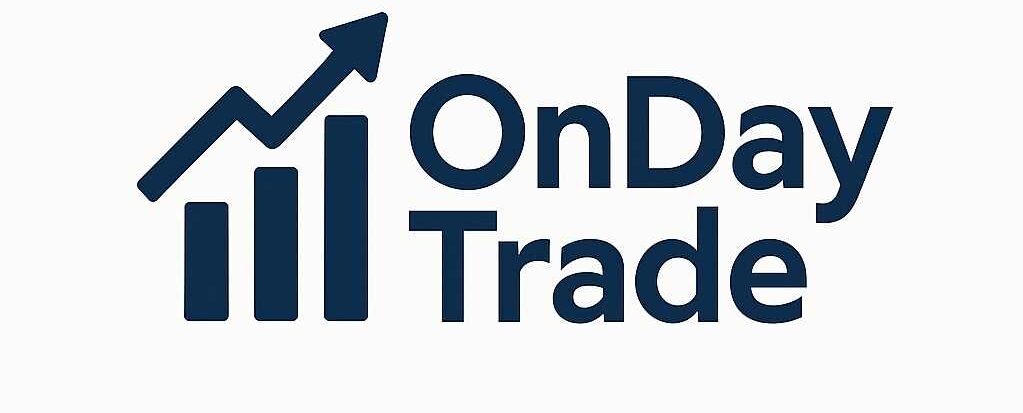Learn the brutally honest lessons, hard decisions, and unconventional tactics I used to bootstrap a SaaS from $0 to $500K ARR in just 18 months.
Bootstrapping a SaaS company to $500K ARR in 18 months sounds like a dream, but I’ll be blunt—that dream was littered with nights of crippling self-doubt, mistakes I wish I could take back, and moments of clarity that only came after biting the bullet on hard decisions. I’m not here to sugarcoat anything. This is the raw, unpolished version, packed with everything I learned by swimming against conventional startup wisdom.
Cold Start: The Spark Behind the Idea
The idea for my SaaS wasn’t born in some shower-epiphany moment. It was born out of frustration. It was late 2020, and I was working at a job that I mostly hated, drowning in repetitive manual processes. One day, while slogging through another spreadsheet nightmare, I realized that if I automated a small piece of this task, it would save me at least seven hours a week. That’s when the lightbulb clicked. How many other people were wasting their lives doing the same thing? Right from the beginning, I made a deliberate choice to bootstrap and keep full control.
Fundraising seemed like trading freedom for stress. VCs didn’t just fund ideas; they owned them. I also didn’t fancy pitching an unpolished MVP to investors and pretending I had every answer. My financial reality wasn’t rosy. I had about $12,000 in savings, no backup plan, and rent to pay. Fear and self-doubt screamed at me constantly, especially in those first few weeks. What fueled me? A simple mantra I would revisit often: “If this fails, at least I’ll never wonder ‘what if.’”
Early Execution: Building While Broke
The first 60 days were chaos. I didn’t have a fancy roadmap or a 100-slide Notion board. My only goals were to build something functional and prove people would pay for it. I did two things religiously during this stage:
Building the MVP – It was duct tape disguised as a product. Minimal features, clunky UI. It didn’t matter as long as it solved one specific pain point better than anything else.
Talking to potential users – Every day, I hit up forums and cold DMed people on LinkedIn saying, “Hey, does [awful pain] suck for you too? I think I can fix it.”
Biggest mistake? I spent way too much time perfecting things no one cared about, like logos and “catchy” product tier names. No one even noticed those things. Momentum came from a totally unexpected spark.
Around the 45-day mark, my post about the product on a small Subreddit blew up with 300+ upvotes. That initial spark got me 50 emails and enough momentum to keep going.
Hardest Decision #1: Turning Down Fast Money
Three months in, I was scraping by when an “opportunity” showed up. A potential client offered me $25K upfront to build a custom version of my product. On one hand, that money would’ve covered almost six months of survival. On the other hand, my SaaS wasn’t meant to be a custom dev shop. Saying no felt like smashing a life preserver to bits in the middle of a storm.
I broke it down using a simple decision-making framework:
- Opportunity cost – Would this client’s request distract me from building something scalable?
- Long-term vision check – Does this get me closer to my ultimate goal (a subscription-based SaaS for many, not one bespoke tool)?
I painfully declined the deal. Looking back, this decision preserved my focus and integrity—but man, it stung at the time.
The First Revenue: Proof, Panic, and Pivots
Fast forward to month 4. My first paying customer rolled in from a cold email. They signed up, paid $25, and… everything broke. The onboarding was confusing, the emails triggered errors—I’d honestly expected no one would press “Buy.”
The next two months were spent fixing everything that broke. I used customer feedback to make my first set of two-week pivots. By month 7, I hit $10K MRR. Most of this cash came from cold outreach and referrals. It wasn’t easy—I wrote 20 cold emails for every reply—but it worked.
I almost fell into the trap of thinking, “We’ve found product-market fit!” Spoiler alert: I hadn’t. Validation from a few early users didn’t mean I could scale yet.
Hardest Decision #2: Firing a Paying Client
If I had to pick the moment that tested me the most, this was it. Cutting ties with a “whale” client. They accounted for 35% of my revenue at the time, but also 90% of my stress. They hijacked my schedule and creativity with endless feature requests and daily hand-holding.
Walking away from their money was terrifying, but a single thought haunted me:
“If I keep saying yes to this one client, I’ll never build a product other clients will love.”
Firing them freed me to refocus on the greater vision, and ironically, within three months I’d made up the lost revenue.
I learned the hard way—revenue isn’t worth it if it drains your vision.
Growth That Defied Logic
Here’s a curveball for you. I didn’t have a landing page until month 13. Wild, right? Conventional wisdom says build a landing page first, but I didn’t. My unfiltered belief early on was that the product had to speak before I marketed it.
Instead, I focused on hands-on, one-on-one sales. Cold emails, direct LinkedIn messages, personalized Loom video demos. This approach was slower and labor-intensive, but the user insights were gold. By the time I launched a proper website for inbound users, I already knew what messaging resonated because 200+ people had told me directly.
Was it scalable? No.
Was it effective? Absolutely.
Mental Models that Saved Me
In a world of 1,000 daily decisions, mental models became my filter for clarity.
#1: The 80/20 Rule. I realized that 80% of what users loved came from just 20% of the product. The rest? Noise. Early on, I scrapped “nice-to-haves” and doubled down on fixing core functionality users actually depended on.
Regret Minimization Framework: Borrowed from Jeff Bezos, I’d ask myself, “Will saying yes/no to this still matter in a year?” When decisions felt paralyzing, this framework helped clarify their long-term weight.
Reflections at $500K ARR
Hitting $500K ARR didn’t feel like confetti and fireworks. It felt like a milestone in the middle of a marathon. Relief mixed with exhaustion, and waves of imposter syndrome crept in. “Did I really figure this out, or did I just get lucky?”
Here’s something no one tells you about entrepreneurship at this stage: success doesn’t fix your brain. From the outside, I looked like I was crushing it. On the inside, I battled burnout, self-doubt, and guilt over time spent away from loved ones.
Advice to My 1-Year-Ago Self
If I could go back, here’s what I’d tell myself, brutally honestly:
- Stop overthinking. Just ship your idea and iterate fast.
- Ignore surface-level metrics. Vanity numbers like web traffic don’t pay the bills; paying customers do.
- Focus ruthless attention on your core audience. Serve them deeply rather than chasing a broad market.
The truth about bootstrapping? It’s hard, humbling, and full of sacrifices. But nothing compares to the freedom, authenticity, and raw satisfaction of building something you believe in.

